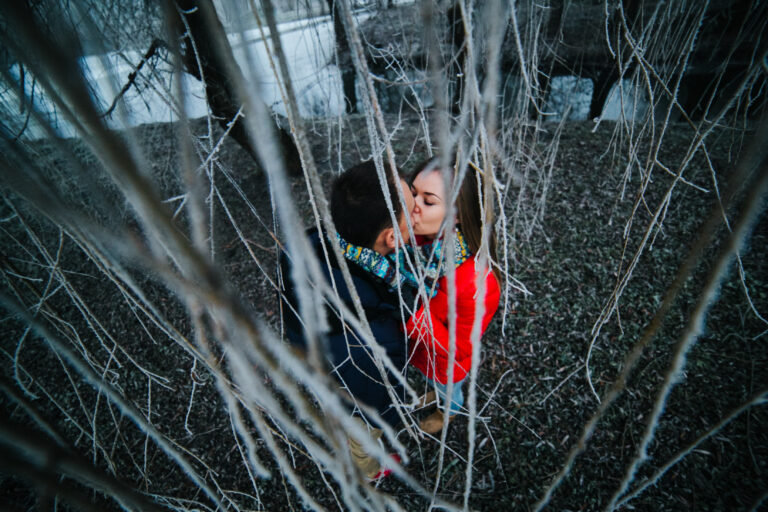The word “Giniä” whispers with enigmatic charm, evoking curiosity and a sense of the undiscovered. While not a common term in global lexicon, its Finnish roots hint at something elemental—perhaps a place, a concept, or a deeply personal experience. In Finland, language often mirrors the stark beauty of the landscape, blending practicality with profound introspection. “Giniä” might represent a hidden cove on the archipelago, a forgotten folktale, or a metaphor for life’s elusive balance. This article delves into the possible dimensions of Giniä, exploring its cultural resonance, speculative meanings, and the allure of the unknown it embodies. Join us as we navigate the misty shores of interpretation, celebrating the poetry of ambiguity itself.
The Linguistic Roots: Tracing “Giniä” in Finnish Heritage
The term “Giniä” emerges from Finnish grammar as the partitive form of “gini,” meaning “gin” (the spirit). Yet its phonetic texture suggests broader possibilities. Finnish is renowned for its agglutinative structure, where suffixes transform words to convey nuanced states—ownership, location, or incompleteness. The “-ä” ending implies a sense of partiality or ongoing action, as if “Giniä” captures a fragment of a larger whole. Linguistically, it could nod to “gin” in a cultural context (like ginipäivä, a gin-themed event), but its isolation invites myth-making. This duality—between literal meaning and open-ended interpretation—reflects Finland’s relationship with nature and silence, where words often leave room for forests, lakes, and personal reflection to fill the gaps.
Cultural Echoes: Giniä as a Mirror of Finnish Sisu
In Finland, concepts like sisu (perseverance) and kalsarikännit (staying in drinking pants) reveal a culture embracing resilience and quietude. “Giniä” could symbolize a similar ethos—an intimate moment of respite or communal warmth. Imagine a rustic sauna beside a frozen lake, where “Giniä” signifies sharing gin as the Northern Lights dance overhead. Alternatively, it might evoke Finland’s artistic traditions, akin to composer Jean Sibelius’s symphonies that translate landscapes into sound. Here, Giniä becomes a metaphor for creativity’s ineffable spark: tangible yet elusive, familiar yet deeply personal. It embodies the Finnish knack for finding profundity in simplicity, where even a single word can hold the weight of midnight sun or winter darkness.
Modern Resonance: Giniä in Contemporary Identity
Today, Giniä could thrive as a brand, a movement, or a digital haven. Artisans might craft “Giniä Gin,” infusing it with foraged Arctic botanicals like cloudberries and juniper, celebrating terroir and sustainability. Alternatively, it might name a co-working space in Helsinki, fusing Nordic design with communal hygge. In a tech-saturated world, Giniä’s ambiguity offers sanctuary—a reminder to embrace uncertainty. Social media could adopt #Giniä for posts capturing fleeting beauty: morning mist over a fjord, or shared silence between friends. This modern reimagining transforms the term from linguistic artifact to a vessel for mindfulness, urging us to seek meaning not in answers, but in the questions themselves.
The Power of Ambiguity: Why Giniä Captivates
Giniä thrives in the space between definition and dreams. Unlike concrete terms, its mystery invites co-creation—every listener projects their longing onto its syllables. A traveler might recall a remote Finnish village; a poet might spin it into verse about life’s unfinished journeys. Psychologically, such open-ended concepts foster connection, allowing diverse interpretations to coexist. In a world obsessed with clarity, Giniä champions the beauty of the unresolved, echoing nature’s own cycles of growth and decay. It teaches us that some truths are felt, not explained, and that wonder often lives in the uncharted territories of language and heart.
FAQs About Giniä
Q: Is “Giniä” a real Finnish word?
A: Yes, but context is key. It’s the partitive form of “gini” (gin), used in phrases like lasillinen giniä (“a glass of gin”). Alone, it’s a blank canvas.
Q: Could Giniä be a place?
A: While no major location bears this name, Finland’s archipelagos hide countless unnamed islets. Giniä could easily be a local nickname for a secluded spot.
Q: How is it pronounced?
A: “GIN-ee-ah,” with a soft “g” (as in “gin”) and stress on the first syllable. The “ä” sounds like the “a” in “cat.”
Q: Why explore an ambiguous term?
A: Ambiguity fuels creativity and cultural reflection. Giniä celebrates how language evolves through imagination, binding people to heritage and innovation.
Conclusion: The Eternal Whisper of Giniä
Giniä lingers like twilight in the Arctic summer—neither day nor night, but a threshold of possibility. It reminds us that meaning is not always mined from dictionaries; sometimes, it blooms in the spaces between letters and lived experience. Whether sipped in a Helsinki bar, whispered in a forest, or etched onto an artist’s sketchbook, Giniä transcends its syllables to become a state of mind. In embracing its mystery, we honor the Finnish spirit of sisu and the universal human quest for connection. Let Giniä be your invitation: to wander, wonder, and find magic in the undefined. After all, not all that is precious needs a name.
